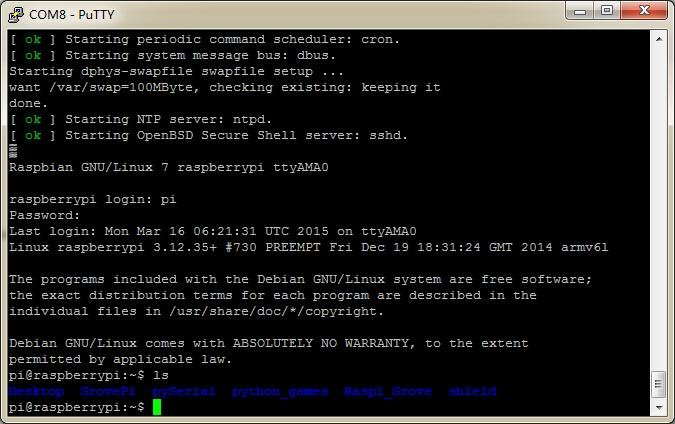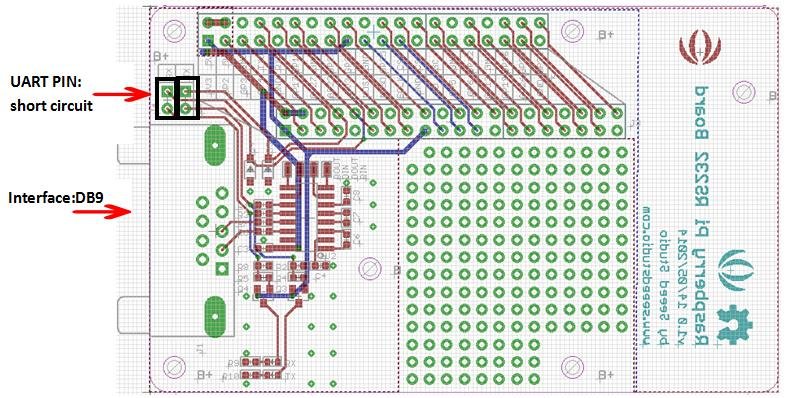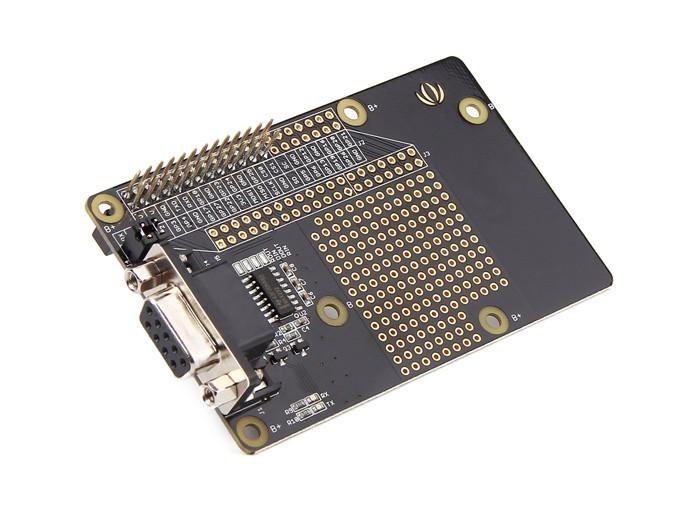 Raspberry Pi RS232 Board v1.0 is a standard communication port for industrial equipment. This module is based on MAX3232, which is a dual controller/receiver, contains a capacitive voltage generator to supply TIA / EIA-232-F voltage levels from a single 5V supply.The cover plate contains DB9 (female) connectors, which allow connection to various devices with an RS232 interface. RS232 strips will also facilitate connection and start-up. The cover plate has a welding area so that additional space can be fully utilized, which is very useful for prototyping.
Raspberry Pi RS232 Board v1.0 is a standard communication port for industrial equipment. This module is based on MAX3232, which is a dual controller/receiver, contains a capacitive voltage generator to supply TIA / EIA-232-F voltage levels from a single 5V supply.The cover plate contains DB9 (female) connectors, which allow connection to various devices with an RS232 interface. RS232 strips will also facilitate connection and start-up. The cover plate has a welding area so that additional space can be fully utilized, which is very useful for prototyping.
| Buy now |
Properties
- Low power: 300μA
- Guaranteed data rate: 120kbps
- Meets EIA/TIA-232 to 3,0V specifications
- Pin compatible with industrial standard MAX232
- Guaranteed rate of growth: 6V/μs
- LED light
- DB9 connectors (female)
Specifications
| Feature | Min | Typical | Max | Unit |
|---|---|---|---|---|
| Input voltage range | -25 | / | 25 | V |
| Low input threshold (VCC=3.3V/5.0V) | 0.6 / 0.8 | 1.2 / 1.5 | / | V |
| High input threshold (VCC=3.3V/5.0V) | / | 1.5 / 1.8 | 2.4 / 2.4 | V |
| Maximum data rate | 120 | 235 | / | kHz |
| Working temperature | 0 | / | 70 | °C |
| Dimensions | 91.20 x 56.15 x 32 | mm | ||
Equipment overview
The Pin UART has to be shorted if you want to connect to Raspberry Pi.
Application
Using COM serial ports to configure the system on Raspberry Pi.
Hardware installation
-
Raspberry Pi&USB - COM serial port line.
-
Connect as shown below:
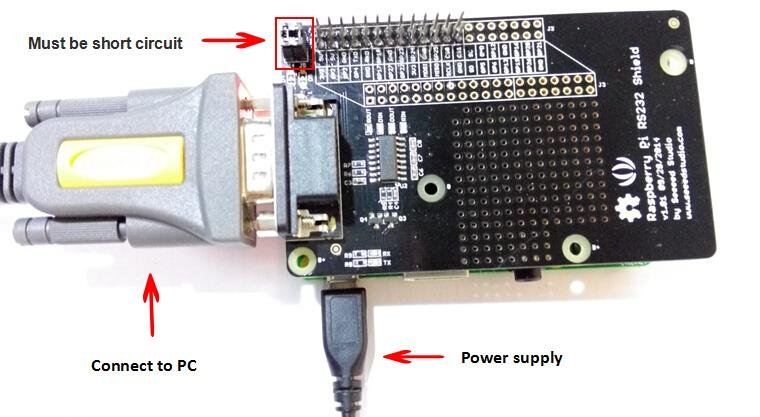
- Find out which device uses PC device management.
- Start the serial port assistant and set it as follows:
COM must be set as indicated in the device management settings on your computer. Then power on Raspberry Pi. The Serial Port Assistant should look like the picture below.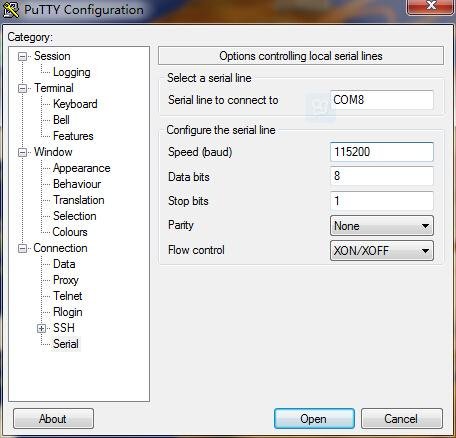
- Now you can communicate properly with Raspberry Pi.
